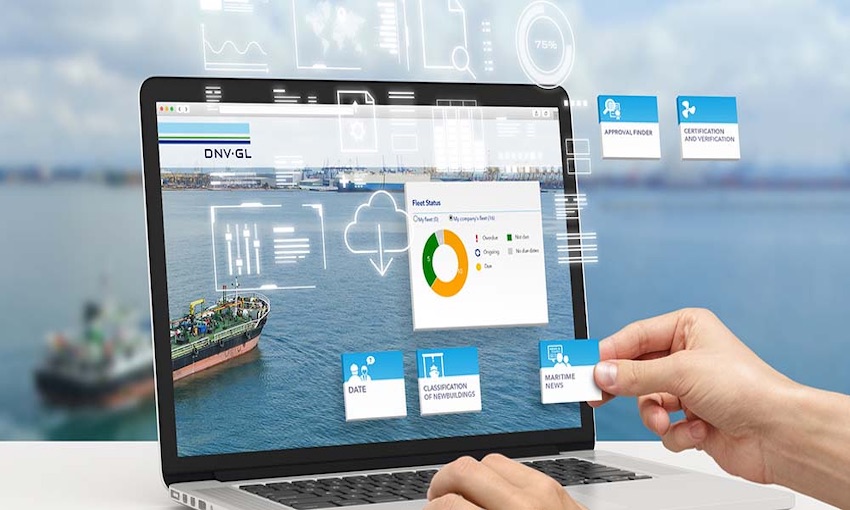A COMPREHENSIVE and interactive dashboard that predicts demand for liquefied natural gas and enables scenario modelling in Australia was developed as a result of the East Coast Australia LNG Joint Industry Project (EC JIP).
Facilitated by classification society DNV GL, project partners included oil and gas suppliers, LNG infrastructure consultants, shipowners and operators, charterers, industry associations, governmental agencies and regulators.
The EC JIP was recently concluded in October and the dashboard will be made available to the public via subscription soon.
With increasingly stringent international regulations to decarbonise shipping and Australia’s unique position as the world’s largest LNG exporter, the EC JIP brought together key representatives in Australia from all parts of the logistics chain to explore the uptake of LNG on the continent’s east coast as a transition to lower emission marine fuels.
Established in 2019, this project builds on the successful Green Corridor JIP in 2018, where major stakeholders examined the economic feasibility of LNG-fuelled bulk carrier designs for transporting iron ore and coal between Australia and China.
Cristina Saenz de Santa Maria, regional manager for south-east Asia, Pacific & India at DNV GL Maritime said, “Reducing greenhouse gas emissions is crucial for the future of the shipping industry.
“By working together with supply chain partners, we hope that this project charts a way forward for the uptake of LNG as ship fuel in Australia, offering them clear insights on how to meet the challenges and opportunities ahead.
“In the Green Corridor project, we saw that there are significant differences in the commercial and technical viability between the west coast and the east coast of Australia.
Jonathan Abrahams, head of maritime advisory, Australia & New Zealand at DNV GL – Maritime said, “For the latest east coast LNG project, the partners focused on scrutinising the demand for LNG as a marine fuel as well as looked into an expanded scope of multiple trade routes for bulk, container and passenger vessels, which are major segments trading in this part of Australia”.
Apart from assessing the business case for LNG as a marine fuel from 2022, the project also sought to address challenges faced by key stakeholders and to position Australia at the forefront of LNG fuelled shipping.
The project was carried out in two phases. In Phase 1, the project concluded on a suitable scenario model structure to calculate key demand forecast. The east coast LNG project went on to develop infrastructure concepts for selected bunkering solutions in Phase 2, looking into specific technical and operational parameters.
The results are presented in a unique dashboard. It incorporates vessel arrival information and fuel consumption data for 2018–2019 as the baseline and enables detailed analysis and forecasting based on ship type, size, age, port of origin, alternative fuel uptake and fleet development through to 2050.

